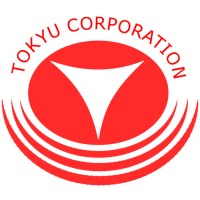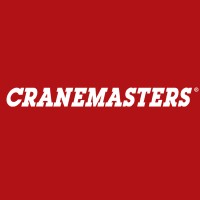
Tokyu Corporation
The Tokyu Corporation (東急株式会社, Tōkyū kabushiki gaisha, a contraction of and formerly Tōkyō Kyūkō Dentetsu kabushiki gaisha (東京急行電鉄株式会社, "Tokyo Express Electric Railway Share Company") until 2 September 2019) is a Japanese multinational keiretsu (conglomerate) holding company headquareted in Shibuya, Tokyo. Its main operation is the Tokyu Railways Company, Ltd.(東急電鉄株式会社, Tōkyū Dentetsu kabushiki gaisha), a wholly owned subsidiary operating railways in the Greater Tokyo Area.






